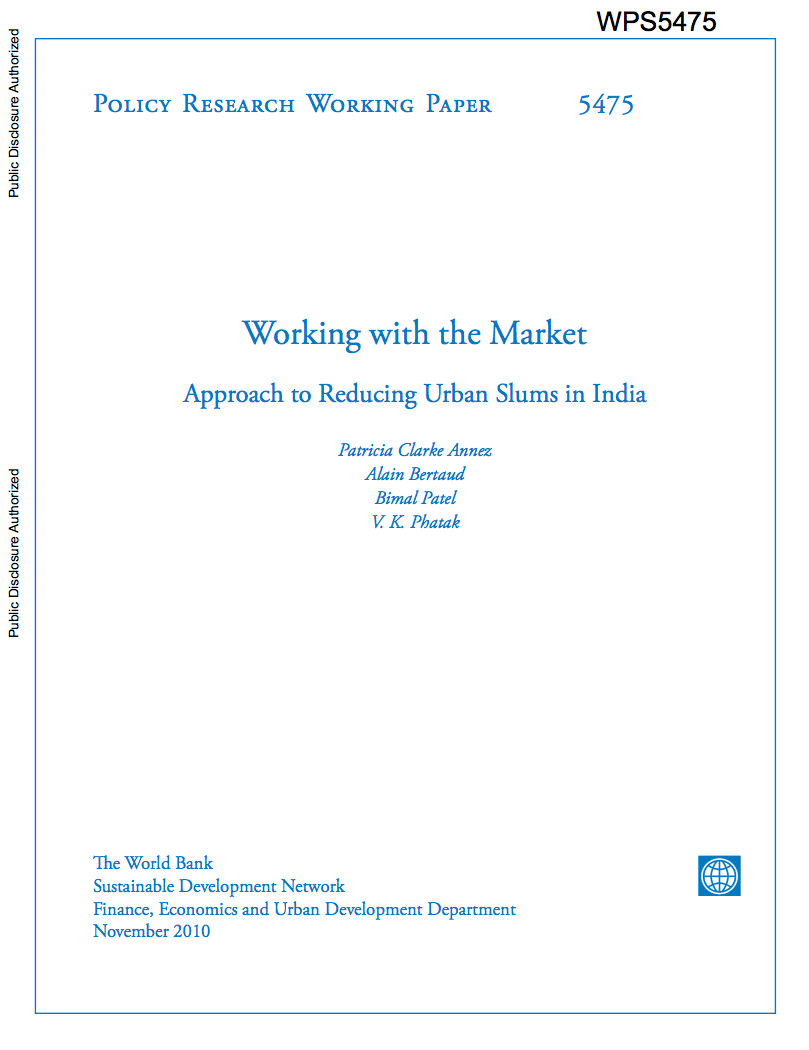Cambodia - Poverty and Social Impact of the Global Economic Crises : Using the Past to Plan for the Future
This paper discusses the progress made
by Cambodia from the early 90s to 2007, in reduction of
poverty incidence. Reduced poverty occurred in both urban
and rural areas, and was experienced by rich and poor, and
by men and women. Households, including those in the poorest
groups, have improved their housing quality, increased
ownership of motorbikes, televisions, and mobile phones, and
are better able to access and afford schools and healthcare.


